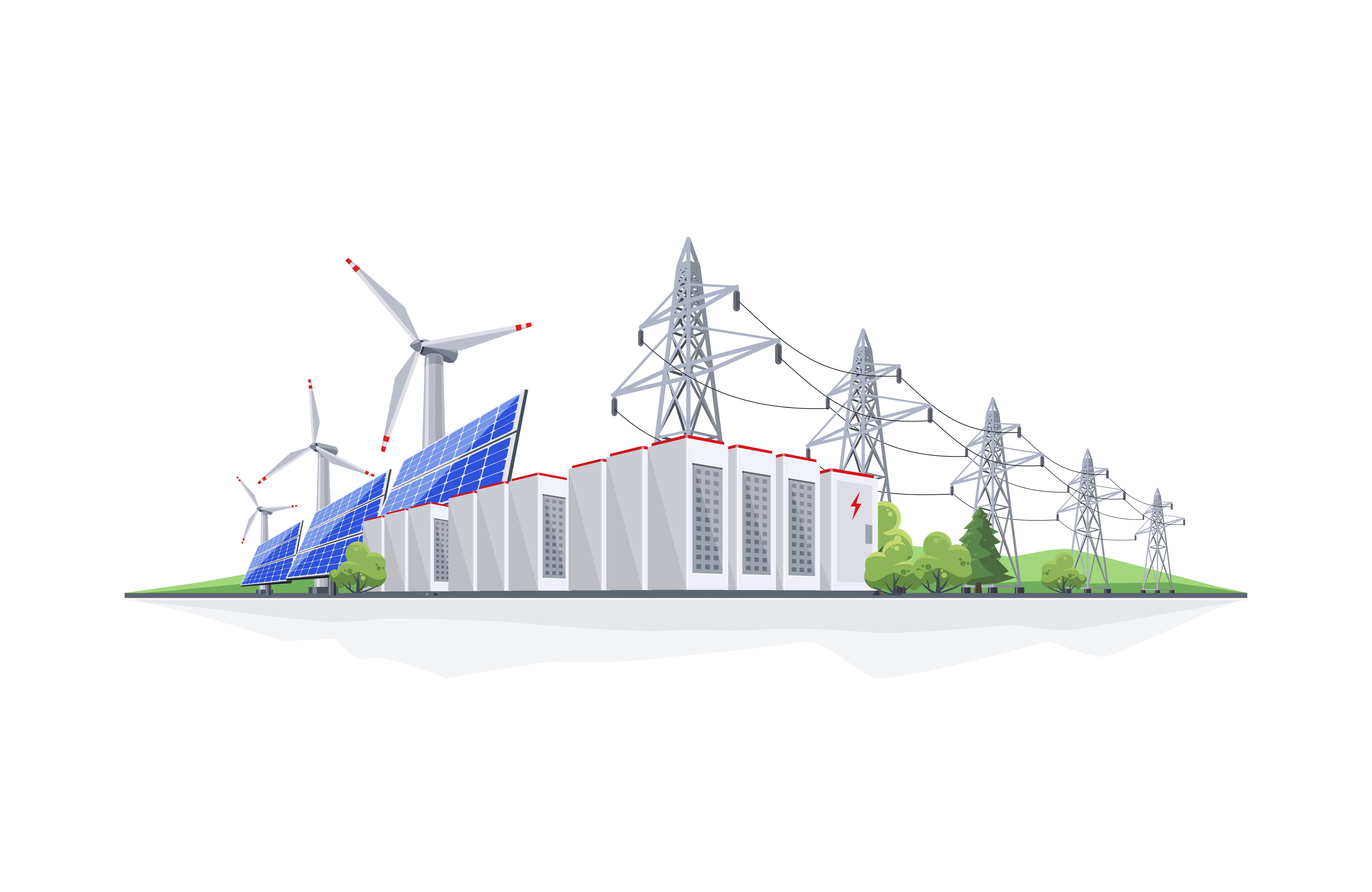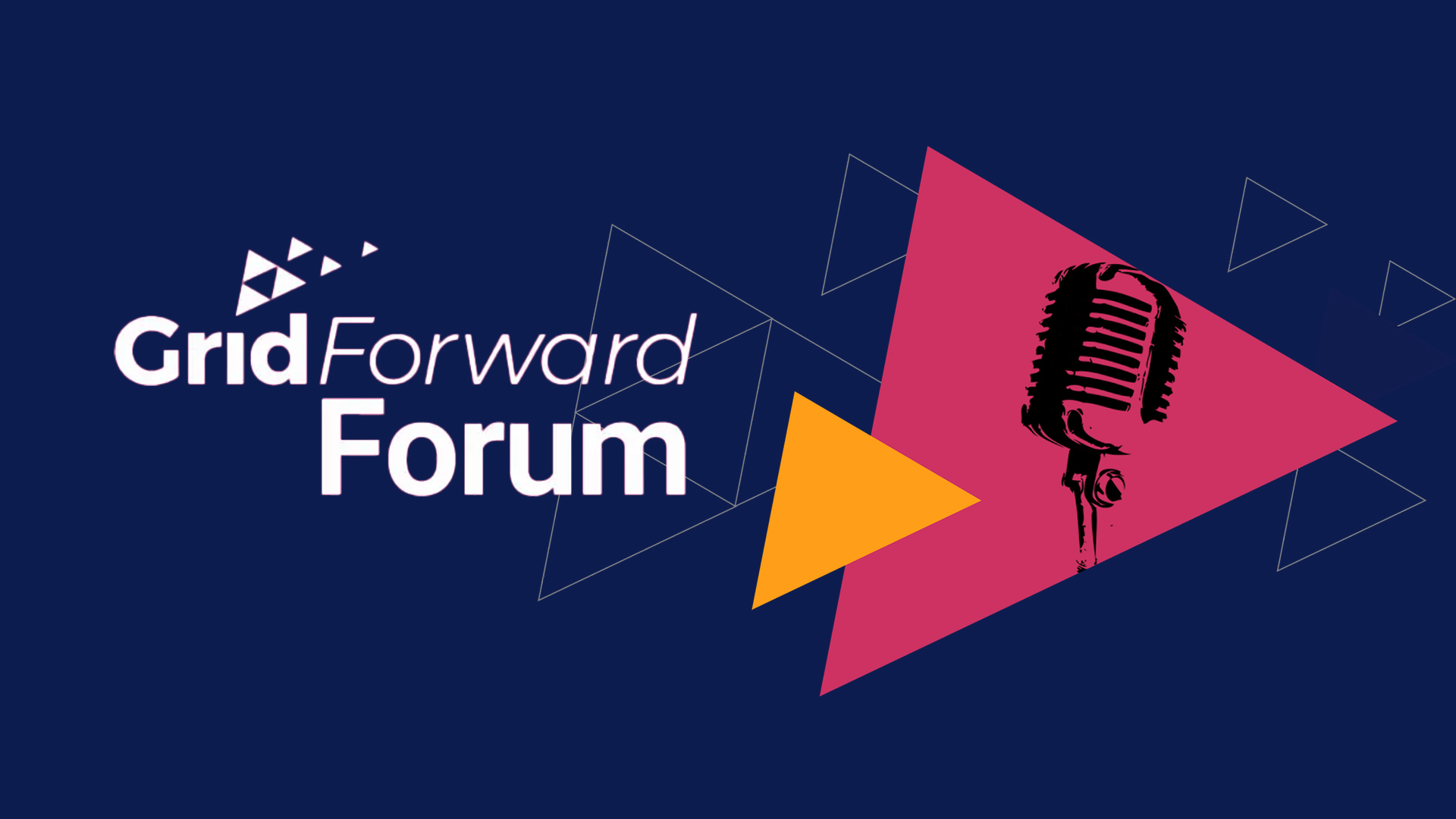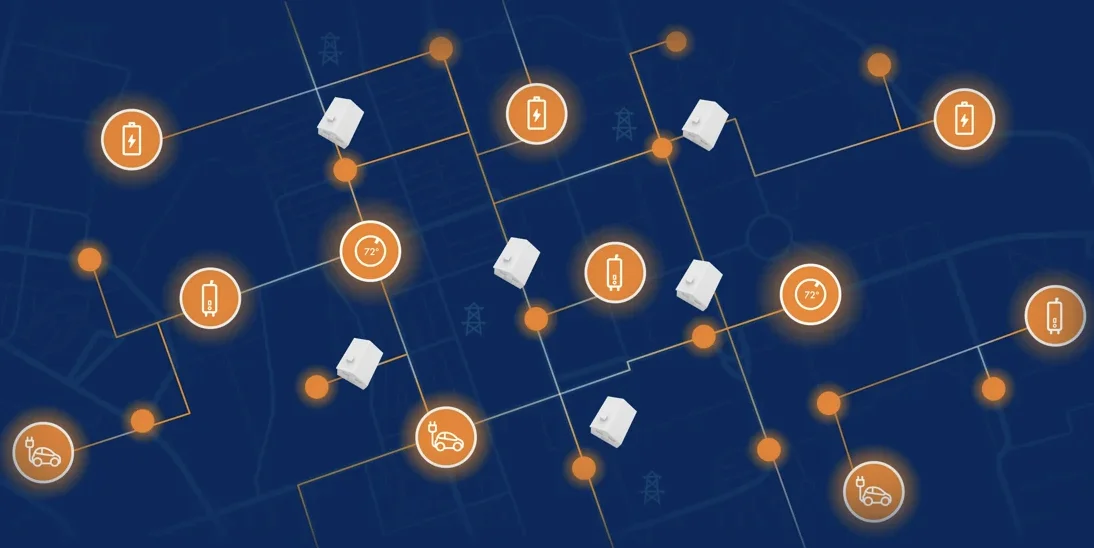Hailed as the first Clean Peak Standard in the nation, in 2020 the Massachusetts Department of Energy Resources filed regulations that have since taken effect, designed to create credits for clean, renewable energy delivered during peak hours. As a state-level predecessor to legislation like the Inflation Reduction Act or Bipartisan Infrastructure Law, the Clean Peak Standard has provided Massachusetts residents with expanded access to renewable energy technologies. Incentivizing enrollment and participation in demand flexibility is a critical step to meeting global decarbonization and electrification efforts, while simultaneously providing load management opportunities that decrease high peak energy costs, enhance grid resiliency, and increase customer satisfaction.
The Clean Peak Standard presented an example of a state-led push toward the use of renewable energy, but has certainly not remained unique. Now, experts advocate for more of these state-led renewable energy initiatives, which, in aggregate, can help national load management challenges at the market level. These initiatives continue to draw the attention of investors, including through the lens of environmental, social, and corporate governance (ESG) investment strategies, demonstrating market confidence in renewable energy assets.
What is the Clean Peak Standard & Why Does It Matter?
A time-of-use program design strategy, the Clean Peak Standard encourages Massachusetts utilities to reward customers for shifting clean power to the times of day when it’s most valuable to the ISO-NE grid. Since renewable energy sources have historically lacked on-demand production capabilities, utilities have shifted their focus on ramping up energy storage technologies like residential batteries that store electricity for use during peak loads. As such, the Clean Peak Standard itself has specifically encouraged battery storage projects, which parallels both the various pieces of legislation driving the energy transition, as well as advancements in distributed energy resource (DER) technologies.
How Renewable Energy Technologies Enable Load Management
Renewable energy technologies like distributed energy resources (DERs), as well as the broader access to broadband and WiFi, have created a path for utilities to shift demand as needed. Through a distributed energy resource management system (DERMS), utilities can aggregate these otherwise disparate devices using flexible dispatch functionality, separating them by device, device type, area, and more. Similar to the time-of-use strategies employed by the Clean Peak Standard, these resources can both shift demand or draw from ambient power sources like batteries, replenishing them to off-peak hours of usage.
Conservation
Programs like demand response or EV charging represent conservation strategies, by calling on program participants to shift their usage to off-peak hours of consumption. Demand response uses WiFi-enabled DER technologies like thermostats or water heaters to shift demand, conserving power when it is both at its most expensive and hardest to secure. Likewise, EV managed charging programs utilize battery technologies to accomplish the same task, shifting EV charging times to off-peak hours of usage.
Generation
Some renewable energy technologies like solar or battery, can generate or store electricity. These communally generated renewable energy assets can be aggregated through a DERMS platform, the energy redistributed to areas of the grid in need. Virtual power plants present an increasingly popular iteration on this strategy, by aggregating community energy assets and redistributing them as needed. Similarly, V2G reciprocal charging functionality allows program managers to access and redistribute the ambient power in an EV battery.
The Clean Peak Standard & Renewable Energy Conclusion
Although legislation like the Clean Peak Standard has continued to create opportunities for renewable energy management, utilities still need to implement new retail pricing strategies to decouple the cost of infrastructure from the cost of energy With the right distributed energy resource management system (DERMS), utilities can benefit from real-time smart device arbitrage and device control, ideal for their distributed energy resource (DER) initiatives or demand flexibility programs.
Remember that in the efforts to meet global decarbonization efforts, Massachusetts wass just the first of many states to use legislative powers to promote renewable energy generation and storage that can save energy and the environment. With the dual pressures of tech disruption and climate change legislation, utilities that fail to adopt emerging tech solutions may be left behind, especially as more and more consumers turn to alternative means of power generation.
This blog was originally published on March 26, 2020 with updates made on March 8, 2024.







